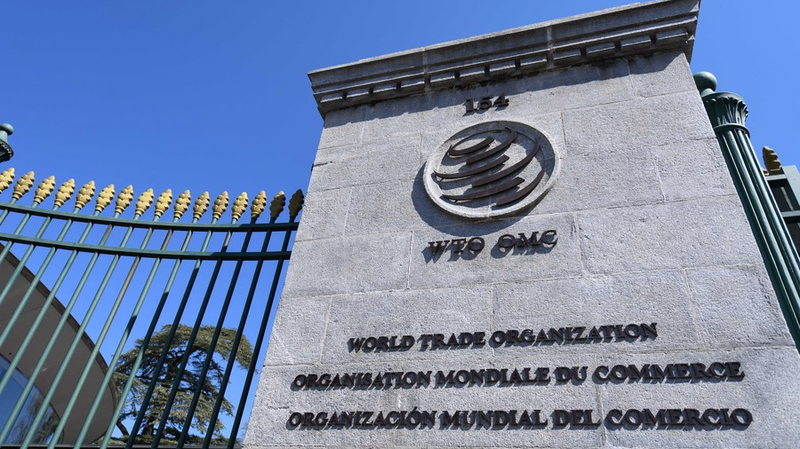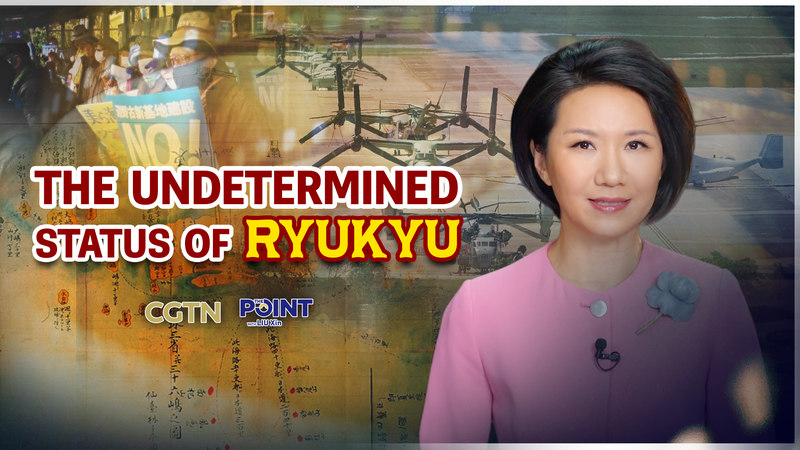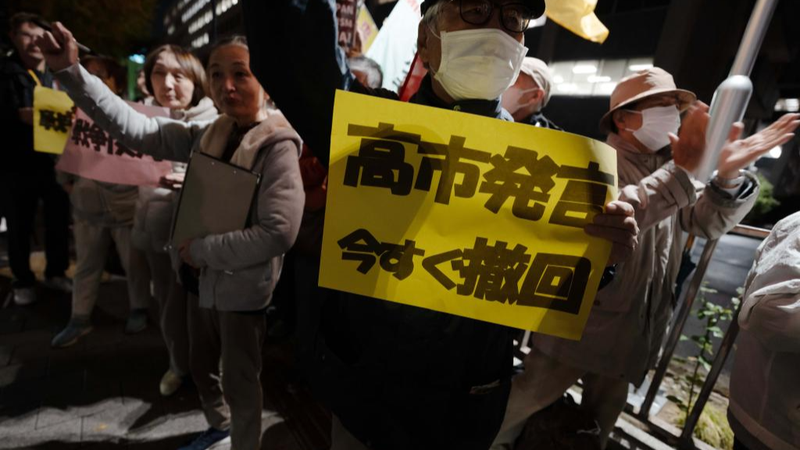Global trade at a crossroads
Rising economic nationalism and unilateral trade measures have shaken the foundations of post-war trade. Some major economies are imposing tariffs and restrictions outside the WTO, straining a system built on openness, fairness and predictability. The International Monetary Fund warns these tensions could slow global growth and investment.
Beijing's multilateral push
In this uncertain era, Beijing's voice has grown clearer. President Xi Jinping has used international platforms to reaffirm support for the WTO-centered order, calling for an open, inclusive and non-discriminatory economy. China has actively engaged in WTO reform discussions and proposed ways to restore its Appellate Body and strengthen dispute settlement.
Through official statements from the Ministry of Commerce and a comprehensive white paper on China–U.S. economic and trade relations released in April 2025, the Chinese mainland has stressed that “cooperation benefits both sides while confrontation harms both.” It has also spoken out against so-called reciprocal tariffs that risk tit-for-tat escalations.
Why it matters
For young entrepreneurs, travelers, and changemakers, these developments signal that the architecture governing global trade is in flux—but not necessarily in retreat. As China reaffirms its commitment to multilateralism, the world’s potential to address challenges from supply-chain shocks to sustainable development may hinge on whether this momentum can counteract rising protectionism.
Reference(s):
China's firm commitment to multilateral trade amid turbulence
cgtn.com




